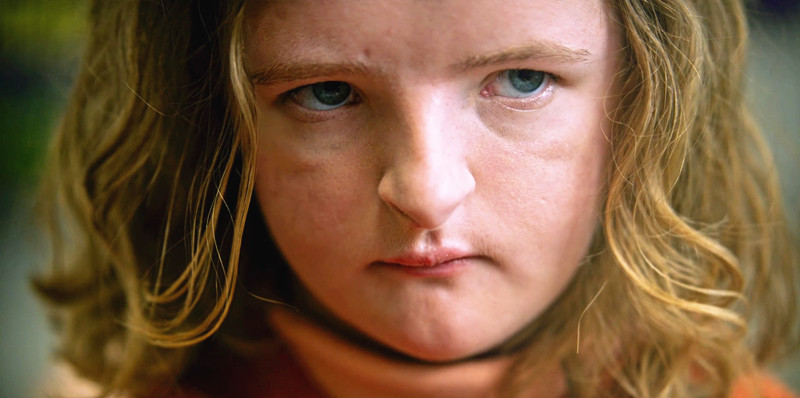
Often when watching horror, the less we know about something, the darker and more unsettling the experience. Fear and anxiety, no matter what for can often be traced back to one simple fundamental element; the fear of the unknown. As soon as something is explained it loses its mystique and especially when it comes to horror, it loses its raw, primal reactionary fear.
In essence then, a minimalists approach to horror should (in theory) produce the more genuinely frightening experience as nothing the best and most brilliant special effects or writers team can live up to the terrifying images your subconscious imagination can conjure up.
With the popularity of the horror rising by the day, studios are encapsulating on this and creating ham-fisted horror films that chuck cheap jump scares at its audience in order to invoke a snap reaction. More and more frequently, in those sorts of films it’s become somewhat of a trend to have a third-act exposition sequence that fully explains the narrative of the film as well as the origin of its villain/monster which completely deconstructs the mystery surrounding it and furthermore the scares it creates.
But what about those films that do the opposite? The one’s that go for a more subtle approach. The one’s that try to creep under their audience’s skin. The one’s that instead of using jump scares for an instantaneous reaction use different types of scares that stick with its audience for days. Without further ado, here are ten horror films that retain enough ambiguity in their narrative or villains to wholeheartedly prove that less is indeed more.
10. The Blair Witch Project (Daniel Myrick & Eduardo Sanchez, 1999)
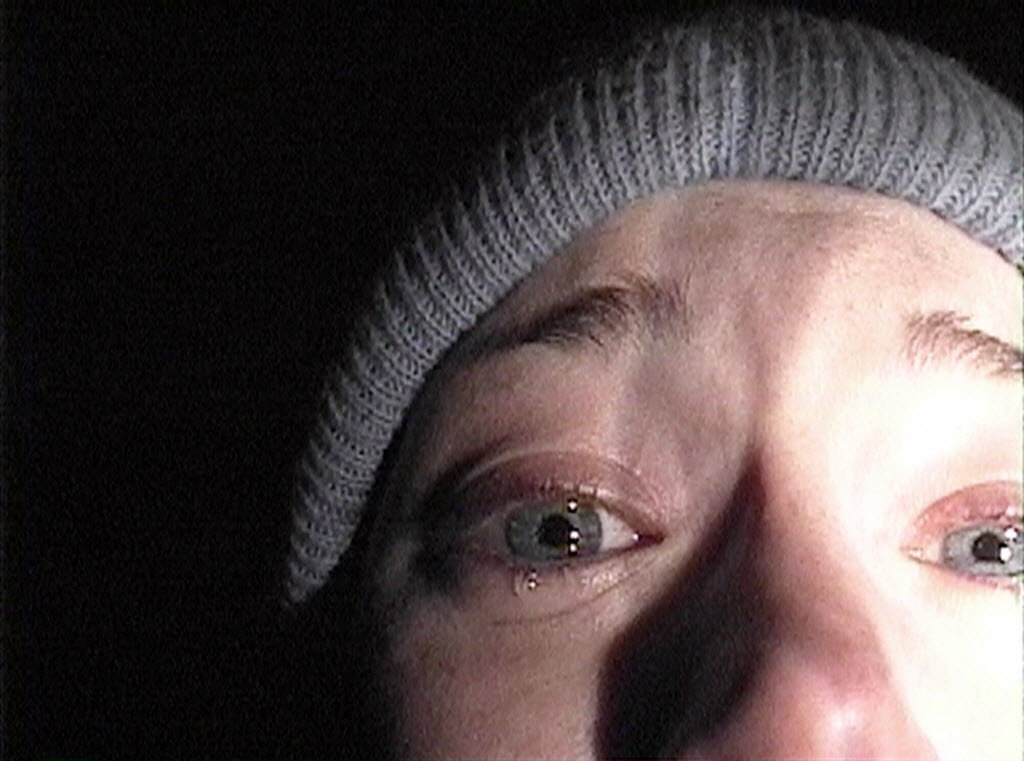
Kicking off the list with a slightly obvious choice is this horror from before the turn of the century. Well known for kicking off the infamous found footage sub-genre, as well its infamous viral marketing campaign. Oddly enough for a horror, Blair Witch shows you absolutely nothing. There’s no blood, no violence, no creature (that we explicitly see) and on top of that the film explains absolutely nothing that happens during its entire runtime. The directors leave it up to the audience to put together pieces of a narrative puzzle around a perpetuating myth that lurks over the forest.
On paper the film shouldn’t work however, the fear, anxieties and true hysteria of the three leads (especially Heather Donahue) totally sell the film and through them, The Blair Witch Project manages to evoke a sheer terror and paranoia that makes the audience feel like they’re completely lost in the woods alongside them. Genuinely intense at times, you’d be surprised how many times during its runtime you feel just as emotionally drained as the three characters.
At times Blair Witch can most definitely be hard to sit through. With its slow paced nature and all the shaky cam that goes hand-in-hand with the genre, the film is most certainly is a love it or hate it type of deal. Nonetheless it is considered a required watch for any fan of simple, yet effective filmmaking and at the very least; it is most definitely a masterclass in showing how much you can do with very little.
9. It Comes At Night (Trey Edward Shults, 2017)
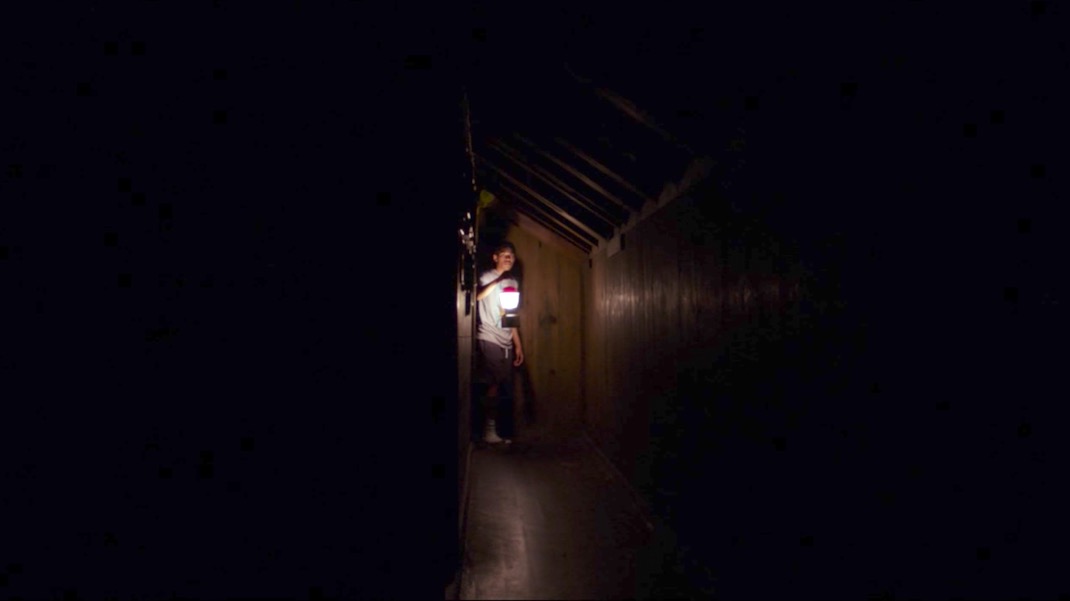
Coming from the highly acclaimed A24, It Comes At Night is a deeply atmospheric piece in which paranoia runs high and tension sits deep. It follows a family unit (mother, father, son and dog) in a post-apocalyptic style world in which an ambiguous and highly contagious outbreak has left few survivors on the Earth.
The film received mixed criticism on release, mainly due to the expectation subversion of the films title as ‘nothing’ seemingly comes at night. Many people went into the film expecting a creature or monster flick so were rightly disappointed when the film didn’t deliver. However, with that being said the film is still a tightly told, enthralling piece of cinema that proves that a little ambiguity and mystery can go a long way.
Spearheaded by incredibly powerful acting performances, the film manages to maintain a palpable sense of edge-of-your-seat tension and lingering dread, that of which creates an atmosphere that is equal parts bleak and brooding as it is dark. You should definitely check out this film if you’re a fan of horror that takes a slightly more artistic approach to its story and doesn’t resolve everything about its filmic world.
8. Prince of Darkness (John Carpenter, 1987)
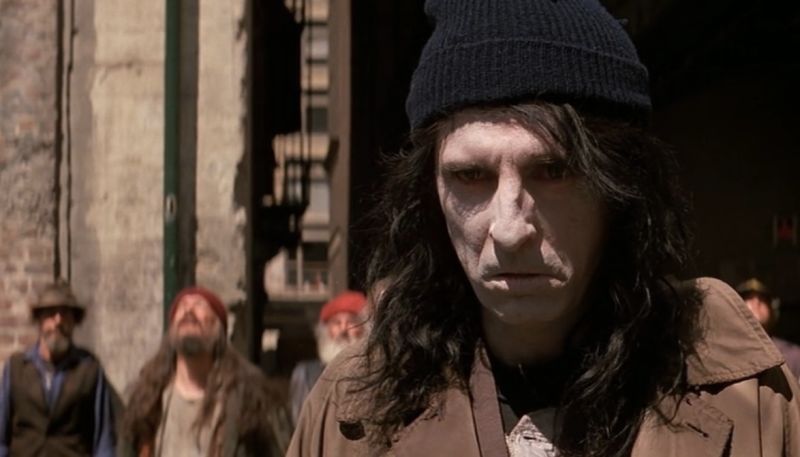
From the legendary Horror icon John Carpenter, Prince of Darkness is an extremely atmospheric piece which takes the supernatural and splices it with religion and science to create one hell of a story in which claustrophobic tension runs high.
Being a Carpenter film, it is obviously stunning on a technical and visual level. All the slow tracks and pans that he’s famous for are on full display here and the film oozes style. As a true master of his craft, Carpenter has complete control over his audience from the first frame to the last.
In Prince of Darkness, he brings separate elements together to create a deliberately disjointed narrative that creates an unsettling friction between the rational and the irrational. Although throughout its runtime we see plenty to indulge our senses (including a man dissolve into beetles, as well as a woman’s flesh literally start to peel off) when the film reaches its climax, Carpenter restrains himself. Through this restraint, he lets the film maintain an air of mystery and allows it to keep enough ambiguity for the viewer to take their own ideas from it.
Full of premonitions, clues and symbols about what is actually going on; the film emanates a completely apocalyptic aura and is brooding, gothic and totally anarchic in tone. Prince of Darkness comes with plenty of stuff to deconstruct and is a film that will definitely benefit from multiple viewings.
A great watch for those who like to piece together their own narrative from the limited information handed to them… and those of you who love fun 80s science-fiction/horror’s about an entity slowly infiltrating and taking over a group of people. Oh and if that’s not enough to sell you on it, Alice F*CKING Cooper is in this film.
7. It Follows (David Robert Mitchell, 2014)
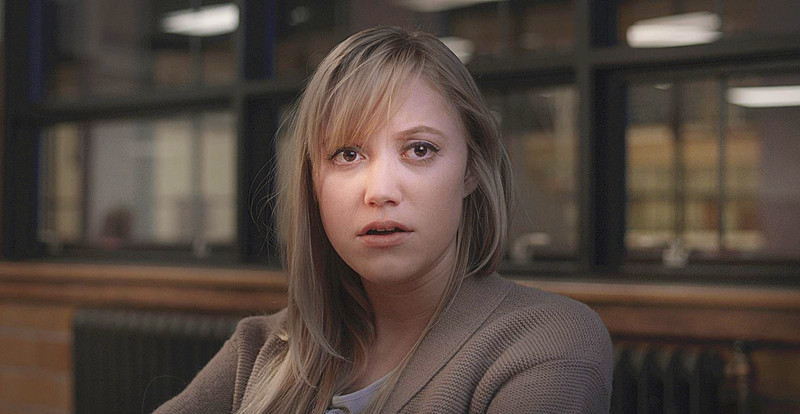
Unique in concept and spellbindingly made, David Robert Mitchell’s It Follows is without a doubt among the best in recent contemporary horror. Playing out with a lingering sense of foreboding dread, the film follows 19-year-old Jay (Maika Monroe) who after an innocent sexual encounter, is stalked by an unknown, supernatural and benevolent force.
Packed full of themes, including: paranoia, anxiety, loss of innocence and the inevitability of death, the film is nothing less than a strong example of how a simple premise can not only carry a films narrative, but also craft and define its characters. Wearing its influences on its sleeve (most notably Carpenter’s Halloween) the film has more fun with its scares than most, going for a slow burn, eerie type of terror than your usual in-your-face jump scares.
A masterclass in proving that fear of the unknown is the ultimate when it comes to truly terrifying a films audience. It Follows is genuinely a story that will ‘follow’ you after watching it. At its core, the film is a think piece that explains very little about its narrative thrust. Choosing to remain vague, the film is almost designed to inherently get the audience questioning the force and the how’s and why’s that surround it.
What small hints that D.R. Mitchell gives through the narrative, characters and cinematography (either by inclusion or omission) allow the viewer to start to join the pieces of a rather blurred puzzle together. A true showcase of how style and ambiguity can come together to create a truly creepy film that you’ll still be thinking about days after seeing it.
6. The Cabinet of Dr. Caligari (Robert Wiene, 1920)
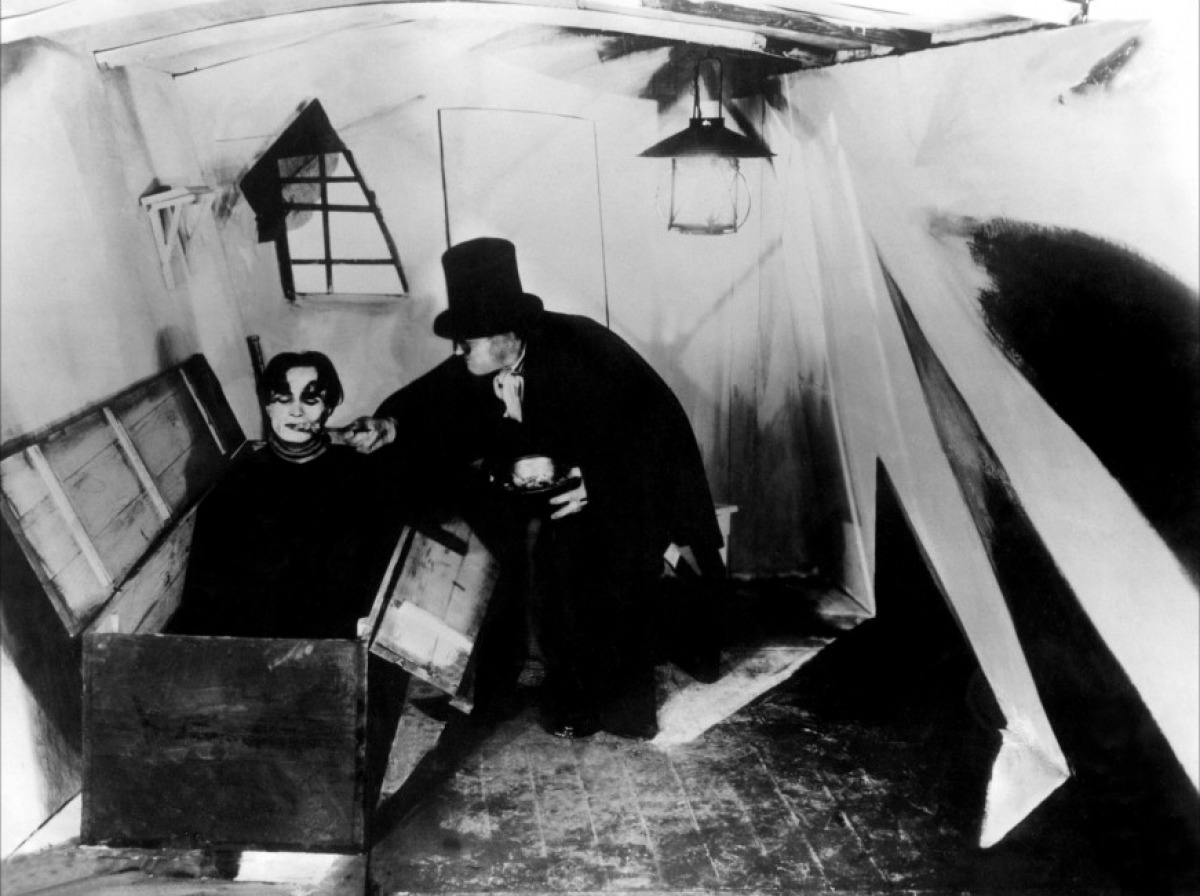
A shining example from the days of early silent cinema in showing how less can often be more. The Cabinet of Dr. Caligari is most famously known for being a pioneer (alongside the films of Fritz Lang) of the German Expressionism art movement within the medium of film. The production design and world of Dr. Caligari is full to the brim of jagged shapes and twisting corridors, lurking shadows and murky colours and visually, the film is an absolute treat to the senses.
The setting despite its uncanny weirdness feels surprisingly grounded and the nightmarish streets of Germany feel alive in and of themselves. Grotesque humans sneak around and cast dreary shadows over the canted alleyways in this world and yet despite having an amazing and iconic expressionistic visual style, the film carries an equally engaging and interesting narrative.
Acting as an allegory for a reflecting nation scarred by the war, the film carries dark subject matter and is rich in terms of analytical depth. The film is utterly compelling and has aged surprisingly well making it certainly worth checking out on those grounds alone.